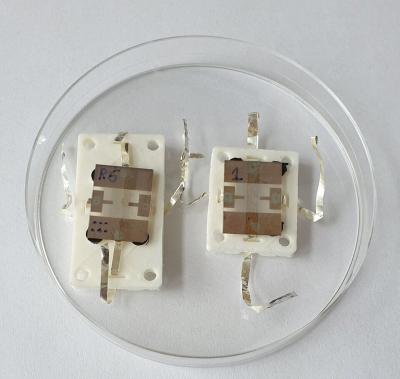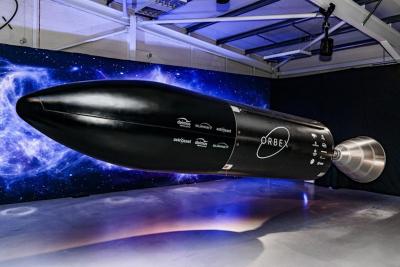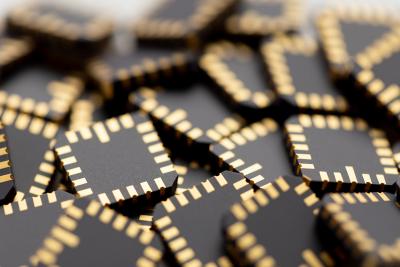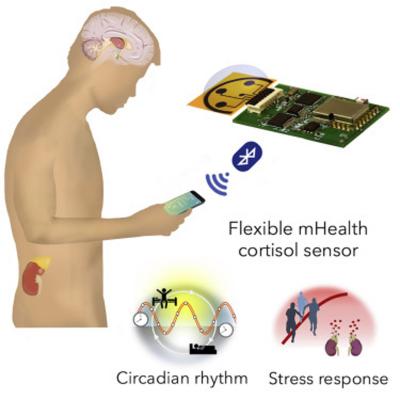Haydale files joint patent with Airbus as part of GraCELS-2 project
Haydale has filed a joint patent with Airbus which covers the intellectual property jointly generated by Haydale and Airbus under the multi-party NATEP-supported Graphene Composites Evaluated in Lightning Strike Project, or GraCELS-2.
The group said that GraCELS-2 was designed to confirm that the 'incorporation of functionalized graphene/2D fillers could produce the next iteration of composite materials with significantly improved lightning strike performance compared to existing current carbon/epoxy systems alleviating the need for copper mesh'.




